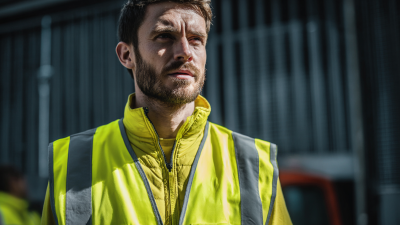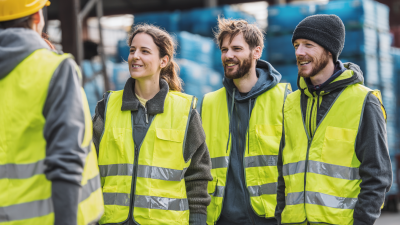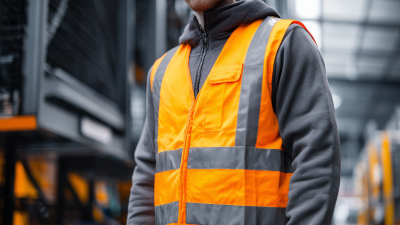When it comes to ensuring safety in environments with low visibility, the importance of a High Visibility Vest cannot be overstated. According to the National Institute for Occupational Safety and Health (NIOSH), an estimated 50,000 road construction workers are injured each year, with a significant percentage of these incidents linked to inadequate visibility. The Occupational Safety and Health Administration (OSHA) mandates the use of high-visibility clothing in various work environments to minimize the risk of accidents.
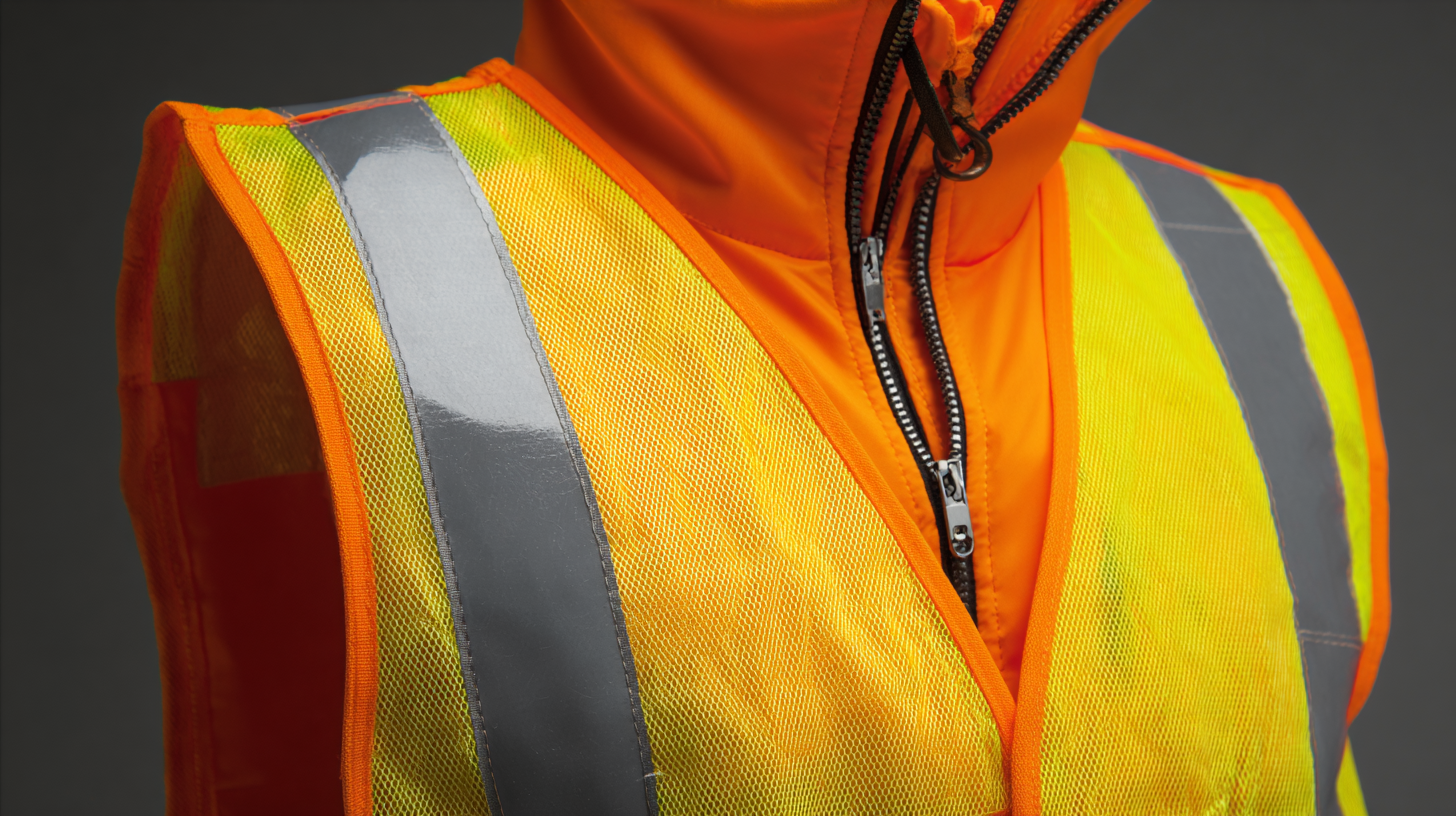
With a plethora of options available on the market, selecting the right High Visibility Vest becomes crucial for maximizing safety. Factors such as color, material, and reflective properties play a vital role in enhancing visibility and ensuring that workers are seen by drivers and machinery operators. Therefore, understanding how to choose the right vest can significantly impact overall safety outcomes in high-risk settings.
When selecting a high visibility vest, one of the most crucial factors to consider is the material used in its construction. The durability of the vest directly impacts its performance in various environments. For instance, vests made from polyester or nylon are typically more resistant to wear and tear, making them ideal for rigorous outdoor settings. These materials can withstand harsh weather conditions, ensuring that the vest remains functional and visible even after extended use.
Another important aspect is the vest's reflective properties. Materials infused with reflective strips or those that utilize high-visibility colors, such as neon yellow or orange, are essential for ensuring maximum visibility in low-light conditions. The integration of ANSI (American National Standards Institute) ratings can also guide your choice, as vests with higher ratings typically offer better visibility and safety standards. Ultimately, focusing on both the durability and reflectivity of materials will ensure that your high visibility vest not only lasts longer but also enhances safety in demanding work environments.
When selecting a high visibility vest, understanding ANSI/ISEA standards is crucial for ensuring maximum safety in high-traffic work environments. These standards dictate the requirements for color, reflective materials, and overall design of high visibility apparel, helping to enhance the wearer's visibility in various conditions, particularly in low-light or high-risk scenarios. Compliance with these standards is particularly important in Canadian worksites, where the risks associated with poor visibility can lead to serious accidents and injuries.
Incorporating high visibility vests into a comprehensive safety strategy also involves considering other protective measures. For instance, combining high-visibility gear with traffic cones, scene lighting, and personal lighting devices can significantly reduce risks at motor vehicle collision scenes. The importance of ensuring that your chosen high visibility garments not only meet ANSI/ISEA standards but are also suitable for specific job tasks cannot be overstated. Factors such as weather conditions and the nature of the work play a pivotal role in determining the best high visibility apparel to enhance worker safety effectively.
When it comes to enhancing visibility for roadside workers, color contrast plays a crucial role. High visibility vests are typically designed with bright colors like fluorescent yellow, orange, or green that stand out against various backgrounds. However, it’s essential to consider the color combinations used in the vest's design. Contrasting colors can help ensure that the worker is easily noticeable, especially in low-light conditions or against busy, cluttered environments. For example, using dark trims on a bright vest can create a sharp delineation that draws attention.
**Tips:** When choosing a high visibility vest, look for those with reflective strips that further enhance contrast and visibility during dusk or at night. Opt for vests that have multiple bright colors to maximize stand-out qualities in diverse settings, whether in urban areas or rural work zones. Always ensure the vest fits comfortably without hindering movement, as this can affect both safety and effectiveness.
In addition to color contrast, the design of the vest should be considered. Vests with a combination of bright colors and reflective materials not only meet safety standards but also increase recognition from both drivers and equipment operators. Selecting a vest with a high degree of visibility can significantly reduce the risk of accidents on the job.
| Color | Contrast Level | Suitability for Daytime | Suitability for Nighttime | Common Uses |
|---|---|---|---|---|
| Fluorescent Yellow | High | Excellent | Good | Roadwork, Construction |
| Fluorescent Orange | High | Excellent | Good | Traffic Management, Event Security |
| Red | Medium | Fair | Excellent | Emergency Services, Roadside Assistance |
| Green | Medium | Good | Fair | Agriculture, Forestry Work |
| Blue | Low | Poor | Fair | Some Industrial Settings |
When it comes to selecting a high visibility vest, proper sizing and fit are crucial elements that significantly influence both safety and comfort. An ill-fitting vest can compromise visibility, as it may not adhere closely to the body's outline, potentially obscuring reflective strips. To achieve an optimal fit, individuals should take accurate measurements of their chest, waist, and torso length. This information ensures that the vest offers full coverage without being too loose, which may lead to unnecessary distractions while working in high-traffic environments.
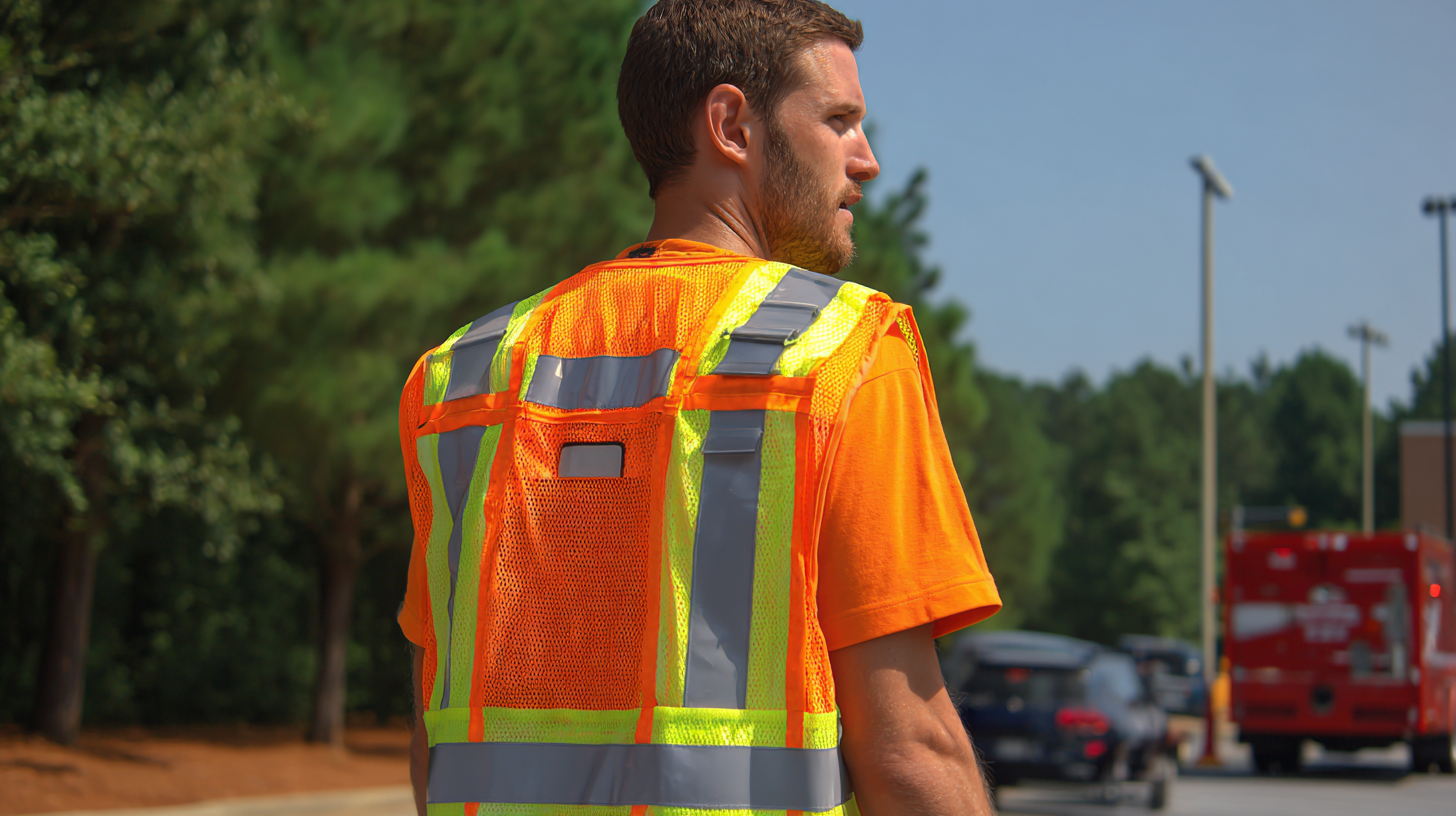
Moreover, a comfortable fit allows for ease of movement, essential for tasks that require physical activity. A vest that is too tight can restrict motion, hindering the wearer’s performance and increasing the risk of accidents. Many manufacturers provide sizing charts that take into account the intended use of the vest, whether for construction, roadside assistance, or outdoor activities. By taking the time to choose the right size and fit, wearers can enhance their safety while enjoying the comfort necessary for prolonged use.
When selecting a high visibility vest, evaluating additional features such as pockets, reflective strips, and weather resistance is crucial for maximizing safety and functionality. According to a recent industry report, over 60% of professionals in construction and road work indicate that enhanced visibility is their highest priority, making reflective strips a key component in any vest. These strips not only improve visibility in low-light conditions but also help ensure that wearers are seen from various angles, significantly reducing the risk of accidents.
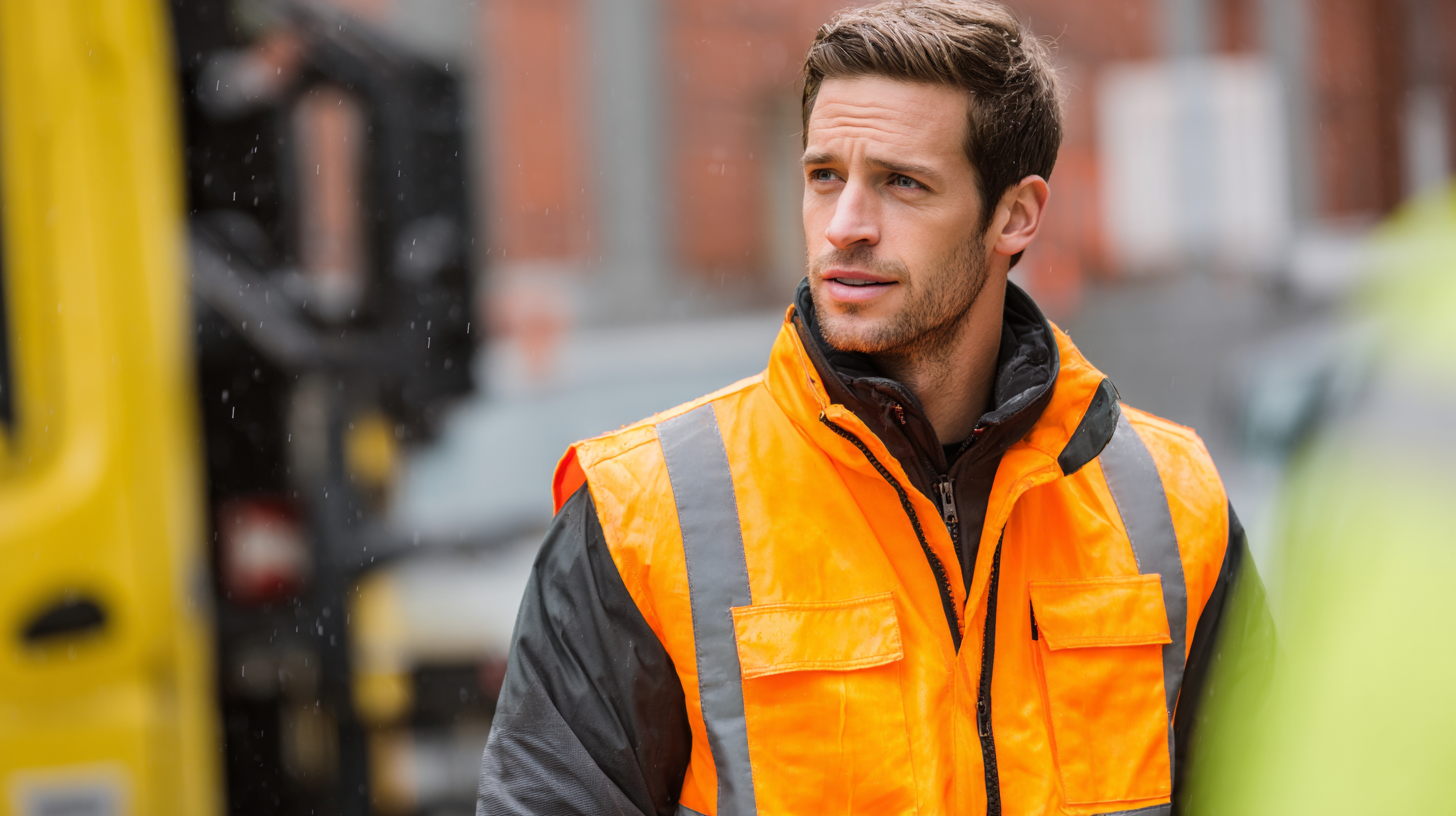
Furthermore, the incorporation of practical pockets can enhance the overall utility of high visibility vests. A study found that nearly 70% of users prefer vests with ample storage for tools and personal items, reflecting a shift towards multifunctional safety gear. Weather resistance is another vital feature, as individuals working outdoors face unpredictable conditions. Vests made from waterproof or weather-resistant materials not only keep users dry but also maintain their visibility under adverse weather conditions. As the demand for safer work environments increases, choosing a vest that combines these features becomes essential for those who prioritize both safety and utility.
